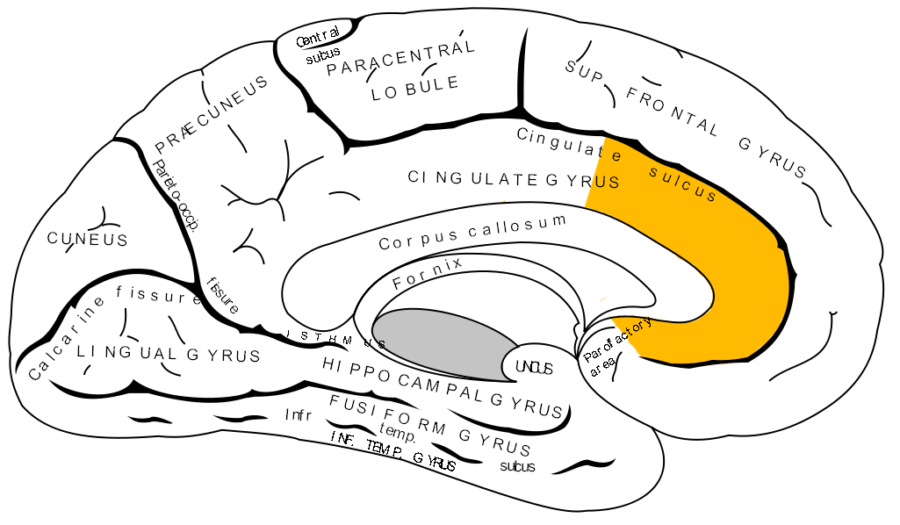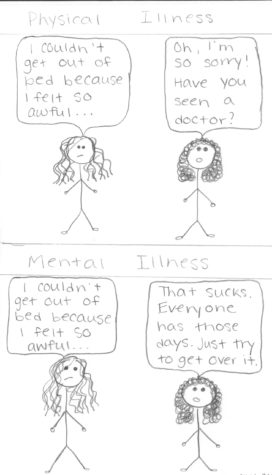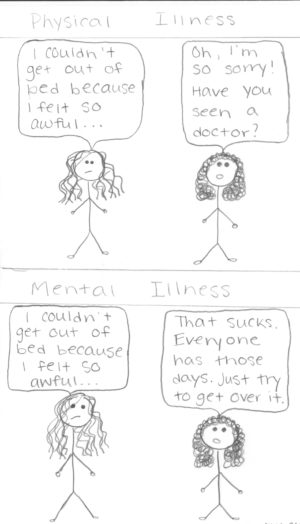Teenagers Acting Prone to Recklessness
The teenage brain in the state of development.
The psychological flaws of teenagers’ actions and behaviors are frequently blamed on society, parenting faults, or uncontrollable hormones. By way of contrast, the most prominent reason for a teenager’s metamorphosis, from amiable angels to manipulating monsters, is the development of their individualized brains.
“I believe that the teenage years are a time for development in the brain,” junior Anna Serino said.
Throughout this time of development, one loses about one percent of grey matter in their brain every single year as a teenager. To some, this news may be interpreted as news, an eye-catching sign that their brain is progressively sliding down a steep and slippery slope. However, it is everything but that depressing thought.
“[Us teenagers] are really impulsive, and we don’t necessarily think or plan ahead for anything, we just go for it [and that can result negatively],” senior Devon McNamara said.
As countless people may know, the brain is constantly being reshaped into its fullest potential throughout the teenage years. It is quite similar to a an artist who starts with a wholly blank canvas. In order to create a breathtaking work of art, the artist starts brush by brush to transform the canvas into a magnificent piece of art. The brain develops in the same way.
It’s a paradoxical time of development. These are people with very sharp brains, but they’re not quite sure what to do with them.
— Frances E. Jensen, Professor of Neurology at Harvard
There is a process of getting things into order, by a form of de-clusterization in the brain during the teenage years. As the artist prepares their prep work to organize thoughts, so does the teenage brain by drawing conclusions with connections. These connections in the brain that have gone untouched or claimed unnecessary are ruthlessly pruned and shriveled up, while other necessary areas of knowledge take the place of those unneeded connections, according to BBC News.
“I think the teenage brain is [quite] underdeveloped compared to the adult brain,” sophomore Abbie Vandeneinde said, “therefore teenagers are more prone to recklessness in general.”
At times of weakness in the teenage mind, there can be common occurrences that result from the immaturity of the brain. Whenever a teenager decides to take a hefty risk, like driving a car too fast, the brain is immediately rewarded with a hormonal rush as the teenager takes this type of action, according to Harvard Magazine.
“[Teenagers] are young and inquisitive, and want to try new things, so they make rather spontaneous decisions that can lead to some shady events,” freshman Luke Henson said.
These shady events could be either a driving accident, intoxicating themselves due to peer pressure or poor decision making, or starting a fight with someone at school. As teens continue to make risky decisions, it becomes a part of their every-day habits. In the long run, if compulsive behavior becomes a habit, it could potentially result unfavorably to an individual.
“That is why the teenage years are so critical to your future development,” BBC News said. Such skills and precarious habits practiced frequently at this point in the teenage life are likely to persist throughout adulthood.
The part of the brain called the prefrontal cortex is the section in which is held responsible for regular brain function like anticipating, planning, and controlling one’s emotions and understanding feelings of others. In summary, these acts are consisted of being grown up.
“The teenage brain is not just an adult brain with fewer miles on it,” professor of neurology at Harvard University, Frances E. Jensen. “It’s a paradoxical time of development. These are people with very sharp brains, but they’re not quite sure what to do with them.”
If one does not have a properly functioning prefrontal cortex, they may tend to act impulsively, insensitively to other people’s feelings and take unnecessary risks – a.k.a teenagers.

Morgan Marxer is one of the stars of the Orono High School varsity volleyball team. When asked what she wanted to do when she grew up, she responded, “Well,...













